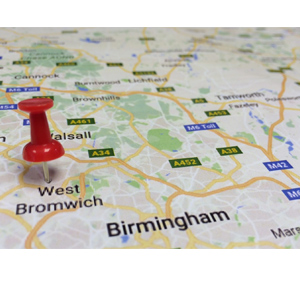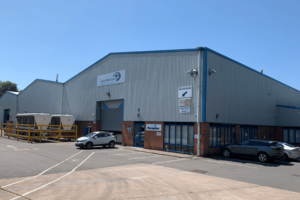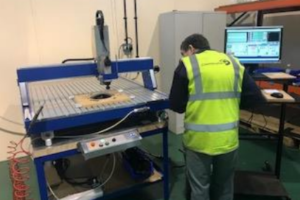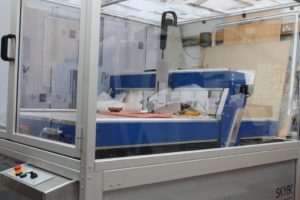September 14, 2017
 Why move a tool in the first place?
Why move a tool in the first place?
There are many reasons why a company wants to move an existing tool, market trends being one of them. Around 2009 large quantities of tools were being moved to Asia to take advantage of cost reduction opportunities due to low labour costs. Tool transfer is nothing new in the industry, companies move tools around for various reasons:
Recent trends in the industry
The trend over the last year or so, has been to bring machines back to the UK due to the cost reduction opportunities in previous years, no longer being the case because of the rise of labour costs abroad. Another factor is that manufacturing is on the cusp of the 4th manufacturing revolution with the introduction of advanced robots, which means there will be a huge micro economic shift, and because of this, tools will need to be moved back to their home markets so that the products produced are in close proximity to customers, which will also reduce the carbon footprint. So we can assume that there will be many tools which will move to new injection moulders. What are the risks to moving a tool? and what can be done to reduce these risks or even obliterate them?
What are the risks to moving a tool?
Recognise that the OEM (Original Equipment Manufacturer) team, who are responsible for selecting the company to move the tool to, are basing their decision on the terms of:
However, they may be unaware of technical issues and challenges that can arise. It’s true to say that only the injection moulders with hands-on experience, will be aware of the implications of poor mould condition, part geometry, material selection or quality specifications.
How can we reduce the risks?
Therefore for both the OEM and the plastic injection moulder, investing in a communication programme which includes a full due diligence investigation at the evaluation phase is essential to help build long term business relationships. So what do we mean by this?
All mould tooling transfers need upfront planning, communications and disclosure on both sides and investments to achieve expectations and goals of the project. By understanding the OEMs goals and a full investigation of the tool by the injection moulder there will be no unplanned or surprise discoveries later on.
Other questions an OEM should consider when selecting an injection moulder is:
Suffice to say that once the need to move a tool has been identified, there are many considerations both the OEM and plastic injection moulder should take into account.
At Counterplas we have worked with many companies to explore whether they should move their tool or not.
If you want to explore moving your tools further complete this questionnaire, there is no obligation, but from the information you provide you will know what your next steps need to be.
If you prefer to talk to a human, contact our technical team they are always happy to help 0121 520 8387.
Sources:

July 04th, 2019
Leading technical injection moulder, Counterplas, has set ambitious growth targets, buoyed by their recent move to a large new facility in South Staffordshire.

February 02th, 2018
Counterplas have invested in the latest Rhino version 5 software, widely acclaimed as the world’s most robust 3-D development platform for specialty modelling, rendering, analysis, and fabrication tools.

January 08th, 2018
We have invested in a new CNC routing system for production of illuminated bespoke street furniture for a new client in Germany. A ‘blank’ is injection moulded and then routed to provide one of 270 variants.